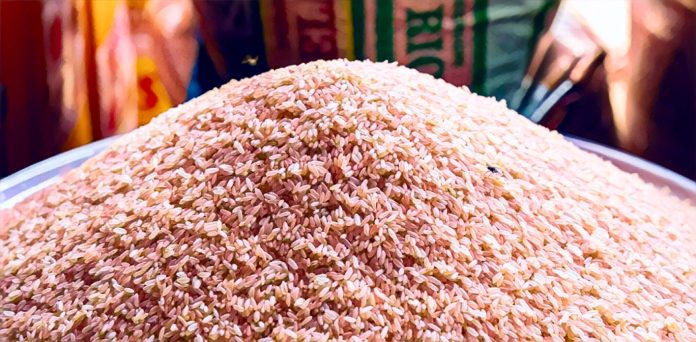Key Points
-
Local rice policy has boosted incomes for many smallholder Nigerian farmers.
-
Productivity problems and weak value chains challenge Nigeria’s rice revolution.
-
Solving infrastructure and processing issues will drive true rice transformation.
Almost every home in Nigeria eats rice. The grain is a staple, a comfort, and people clearly want a lot of it. Nigeria is still one of the biggest rice importers in the world, though. The government is working harder on its local rice policy to fix that. But are we really seeing a revolution, or is it just an illusion?
Changes in local rice policy are a good sign
The Nigerian federal government has strongly pushed for more rice to be grown in the country through programs like the Anchor Borrowers’ Programme (ABP) and import restrictions.
According to data from the central bank, the number of rice milling plants grew from six to about fifty between 2015 and 2021, thanks to the ABP. During the same time, national rice production went up from about 5.4 million metric tonnes to more than 9 million metric tonnes by 2021. These are big gains in a field that has been mostly made up of imports for a long time.
The Imota rice mill in Lagos State is said to be one of the biggest in Africa. It can make 2.5 million bags of 50 kg rice a year and needs more than 240,000 tonnes of paddy every year. The facility is part of Lagos’s plan to increase local rice production and cut down on its reliance on imported rice. Such an investment shows that the company is moving towards a domestic value chain and processing base instead of just growing rice.
Studies also show that rural households that take part in local rice programs see small increases in their income. Nigerians now see local rice as a “necessity” food, while imported rice is still often seen as a more expensive option. The policy framework is in place, and the government is really putting money into infrastructure and milling.
Local rice policy still has a lot of problems to deal with
There are still deeper problems, even though things look good. Compared to other countries, Nigeria’s rice sector still has low productivity rates. One report from the USDA said that rice production could drop to 7.9 million metric tonnes in the 2025/26 marketing year. It said that growth is being held back by things like not enough mechanisation, high input costs, and insecurity. At the same time, rice imports are expected to rise to 2.8 million metric tonnes that year because it is cheaper to import rice and people are smuggling it in.
Some farmers say that even though the government has programs to help them, their profits have gone down. Many people are worried about problems with infrastructure, land use, rising fertiliser prices, and gaps in mechanisation. Smuggling rice across the border from nearby countries hurts domestic supply chains and lowers prices in the area. Even though the Imota mill has the capacity, its feedstock is still a problem. Lagos State itself said that it would take N50 billion to produce just 100,000 tonnes of paddy in one year. The prices of inputs are still high, and yields are still low.
When value stays local, that’s when real change happens
So what is Nigeria’s position? It has definitely gotten better. There are policy frameworks in place, investment in milling is happening, and domestic production is going up. But the word “revolution” means a big change, like replacing a lot of imports, increasing exports, and improving the value chain. Nigeria isn’t there yet.
The country still imports a lot of rice, and the yields per hectare are still much lower than those of the best producers in the world. Many farmers are still getting less money for their crops, and the processing capacity is growing but not evenly distributed. Nigeria needs to make sure that its policies are consistent, that it has enough milling capacity, that it invests in mechanisation, that it improves processing, and that it builds competitive supply chains in order to start a real revolution.
If those things happen, local rice policy could really change into a revolution, not just look like one.



